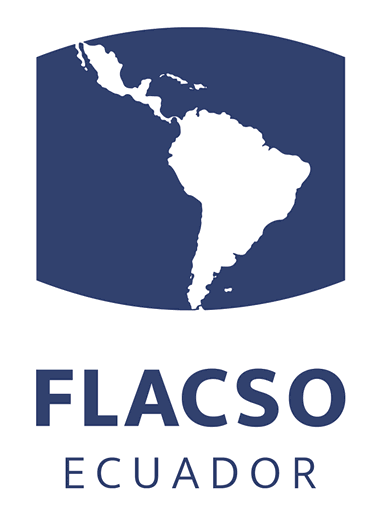Por favor, use este identificador para citar o enlazar este ítem:
http://hdl.handle.net/10469/19643Registro completo de metadatos
| Campo DC | Valor | Lengua/Idioma |
|---|---|---|
| dc.creator | Noël, Camille | - |
| dc.creator | Lempereur, Emmanuelle | - |
| dc.creator | Ameye, Sarah | - |
| dc.creator | Boucau, Valérie | - |
| dc.creator | Lallemand, Bernadette | - |
| dc.creator | Pirlot, Vanessa | - |
| dc.creator | Van Ypersele, David | - |
| dc.creator | Kaisin, Patrick | - |
| dc.date | 2023-05 | - |
| dc.date.accessioned | 2023-11-18T03:55:40Z | - |
| dc.date.available | 2023-11-18T03:55:40Z | - |
| dc.identifier.citation | Noël, Camille, Emmanuelle Lempereur, Sarah Ameye, Valérie Boucau, Bernadette Lallemand, Vanessa Pirlot, David Van Ypersele y Patrick Kaisin. 2023. Mundos Plurales. Sanar nuestros vínculos para sanar el vínculo: del león al unicornio, pasando por el mono o Healing our bonds to heal the bond: from the lion through the monkey to the unicorn. Revista Latinoamericana de Política y Acción Pública, 10(1):59-86. | es_ES |
| dc.identifier.issn | 1390-9193 | - |
| dc.identifier.uri | http://hdl.handle.net/10469/19643 | - |
| dc.description | En los últimos años, el término “incasable”, para quien no hay lugar, se utiliza cada vez más para describir a niñas, niños y jóvenes que agotan las instituciones y son zarandeados de una a otra. A partir de la presentación de la trayectoria vital y la hospitalización de una niña de 10 años con apego inseguro, desorganizado y síntomas de disociación postraumática, en el artículo se exploran los elementos que sustentaron su atención. Entre ellos, se hace especial hincapié en la importancia de los vínculos difractores y las relaciones transferenciales, tanto dentro de la unidad de atención como dentro de la institución; también se observan las vinculaciones entre estas y quienes conforman la red de la niña. In recent years, the term “unconquerable” has been increasingly used to describe a certain category of youth who wear out institutions and are tossed around from one to another. Based on the presentation of the life history and hospitalization of a 10-year-old girl with disorganized insecure attachment and symptoms of post-traumatic dissociation, the article explores the elements that supported her care. Among them, special emphasis is placed on the importance of diffractive links and transference relationships, both within the care unit, as well as within the care institution and between these and the partners of the young woman’s network. | es_ES |
| dc.format | páginas 59-86 | es_ES |
| dc.language | spa | es_ES |
| dc.publisher | Quito, Ecuador : Flacso Ecuador | es_ES |
| dc.rights | openAccess | es_ES |
| dc.rights | Atribución-NoComercial-SinDerivadas 3.0 Ecuador | * |
| dc.rights | Atribución-NoComercial-SinDerivadas 3.0 Ecuador | * |
| dc.rights.uri | http://creativecommons.org/licenses/by-nc-nd/3.0/ec/ | * |
| dc.subject | INFANCIA | es_ES |
| dc.subject | PSIQUIATRÍA | es_ES |
| dc.subject | PSICOTERAPIA | es_ES |
| dc.subject | TRASTORNOS DE LA PERSONALIDAD | es_ES |
| dc.subject | PERSONAL PARAMÉDICO | es_ES |
| dc.subject | SALUD | es_ES |
| dc.title | Sanar nuestros vínculos para sanar el vínculo: del león al unicornio, pasando por el mono | es_ES |
| dc.title.alternative | Healing our bonds to heal the bond: from the lion through the monkey to the unicorn | es_ES |
| dc.type | article | es_ES |
| dc.tipo.spa | Artículo | es_ES |
| Aparece en las colecciones: | Mundos Plurales, vol. 010 - No. 1 | |
Archivos en este ítem:
| Archivo | Descripción | Tamaño | Formato | |
|---|---|---|---|---|
| RFLACSO-MP10(1)-04-Noel.pdf | Artículo - revista | 762,38 kB | Adobe PDF |  Visualizar/Abrir |
Este ítem está sujeto a una licencia Attribution NonComercial ShareAlike (CC BY-NC-SA 4.0)
Licencia Creative Commons



